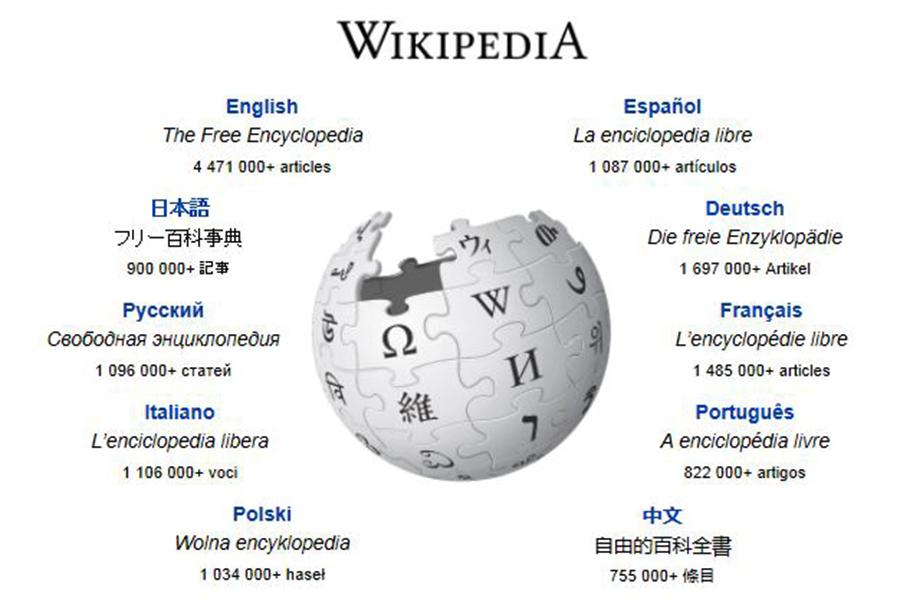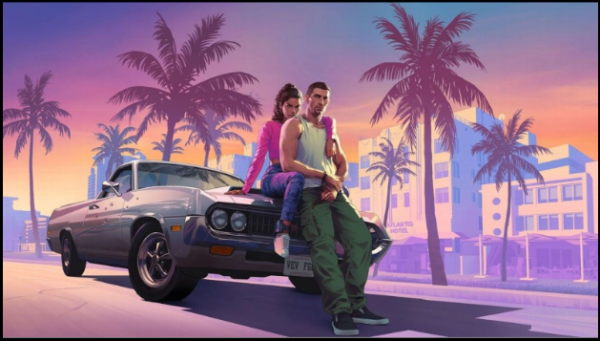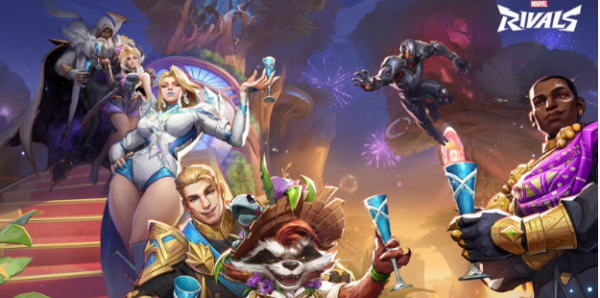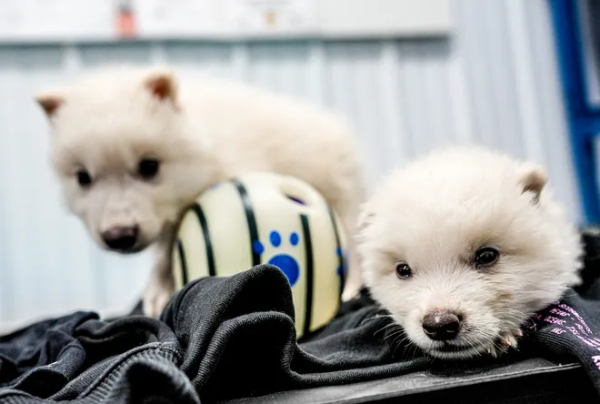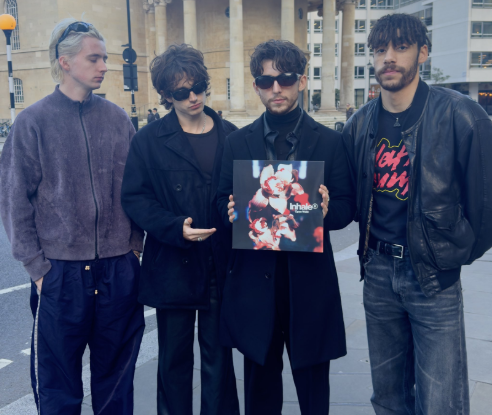On Wikipedia, YouTube, and real life
Has anyone looked up a Wikipedia page for something important—like about Mount Rushmore—and you also find some really offensive message in the page?
I have.
And it’s really annoying. I mean, it’s not like street graffiti—if you were dealing with that, you just have to paint over it repeatedly until the culprit gives up (spray paint is not cheap).
On Wikipedia, the only ways to stop a person from vandalizing an article include blocking the computer they were using, or locking the page in question down from outside edits.
A few years ago, I was looking up an article on Call of Duty: Modern Warfare 2. I wasn’t even done reading the first paragraph of the Gameplay section when I found this:
Looking back on it, I don’t remember if I was logged into Wikipedia or not at the time. What I do know for sure is that this particular piece of vandalism is no longer on display for all to see.
But it’s not blotted out of existence for all eternity, either. Instead, it’s been filed along with the more than 4,700 other revisions of the same article.
Personally, I take the revision storage as a good sign. It means that our world hasn’t become like George Orwell’s 1984. In that dystopia(n world), the Party completely wipes out the mistakes it makes—both from current and previous revisions. If you haven’t learned from your mistakes, you haven’t tried anything new (which I don’t think anything like the Party would have cared about).
Another thing: have you ever watched video gaming YouTubers* like theRadBrad and Markiplier? I may be a bit of an overly-serious person, but they still make me laugh sometimes. But other times, we see the human side to these people—the side we can relate to easier than with their “regular public faces”.
Last year, for example, theRadBrad filmed Chubbs, his Corgi, as part of a vlog** he’d posted last year.
“Whoa, heh—heheheh…! Noo…!” Brad says in a soft voice as Chubbs takes an interest in his owner’s new video camera. “Look at th(ose)—Look at those ears. Good gracious…!”
Later, as Chubbs buries his head into his little dog bed, Brad says with soft amusement: “What is it, little buddy? He’s hidin’…! He says, ‘(Screw) you guys’…!”
Markiplier, on the other hand, is a funny man who did live media streams*** for charity in his hometown of Cincinnati, Ohio, before moving to Los Angeles. But he shows the side behind his own persona, as well. Yeah, his reactions are funny and entertaining, but not all of them.
For one virtual reality (VR) horror game, he got so scared that, less than seven minutes into the game, he quickly took his VR headset off, saying, “No, no…! No, I can’t do it. … Oh, I can’t do it.”
A few seconds later, after the monster finished killing his character, and the game restarted, Mark realized that—”Wow… I am actually crying.”
“This is… I’ve only played one other (virtual reality) horror game…” he said as he took the VR helmet off for a short break. “…and seriously…it was not like that.”
After finally finishing the game, Mark comments that there’s a difference between immersing the player in the game world (a key element of horror), and having “a monster…two inches from your face.”
A month later, Mark played a fan-made 8-bit horror game that starred him as the main protagonist. The ending was actually a seven minute montage of Mark’s past vlogs to his fans and subscribers.
After watching the montage, Mark sniffed once, read an in-game fan letter by the game’s creator (a fan themselves), then turned to his web camera—to his 1 million-plus viewers. Voice wavering slightly, he tries to find the right words to use, pausing a few times here and there.
Mark comments that, as he was watching all those videos from so long ago, he’d come to a “crashing revelation”: “…(L)ooking (back) at it,” he says, surprisingly somber, “I feel like I lost my way a bit.” In trying to become entertaining to others, he’d forgotten to be something far more important as well: himself. His own, sincere self.
“I’m (go)nna…” Another pause as Mark faces the camera, appreciation to his audience just below the surface. “… I’m (go)nna change. I’m (go)nna change things. I’m gonna go back to…the way I was, before.”
So what does all this have to do with real life?
Wikipedia stores entire versions of its articles, regardless of whether some of them are just acts of vandalism. How else can its editors learn from others’ mistakes?
YouTube has quite a lot of entertaining people, but they may change how they act to make themselves more enjoyable for people to watch, while slowly losing their own truthfulness to themselves. But in the end, those YouTubers are just like us: fellow human beings.
But it’s also how people on the outside interpret what they receive, regardless of it being text, video, or neither. From on the block to across the globe, not everything that you believe is as it seems. Outwardly-cheerful people may in emotional pain. Some staff member at an organization may be putting their career over their responsibilities, be they personal or otherwise. A priest may want to step down from his post, but can’t because he knows that the people who want him there may abandon him if he leaves. A new government policy may have some key catch that the masses (as usual) may dismiss as trivial until it’s almost too late.
We’re only human—it’s only natural for us to make mistakes by assuming, forgetting, misjudging, and so on. But we must learn from our pasts—our mistakes—without forgetting who we truly are.
That’s a small, integral part of surviving the chaos of real life.
Footnotes:
* YouTubers: people who regularly post videos on YouTube
** Vlog: short for “video log:”
*** Live media stream: multimedia – like entertainment – that is streamed live to the audience, similarly to live TV shows

